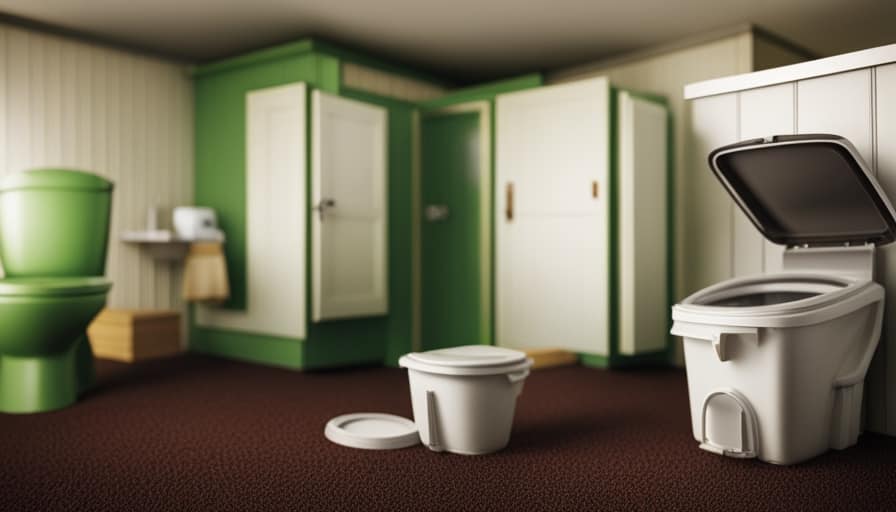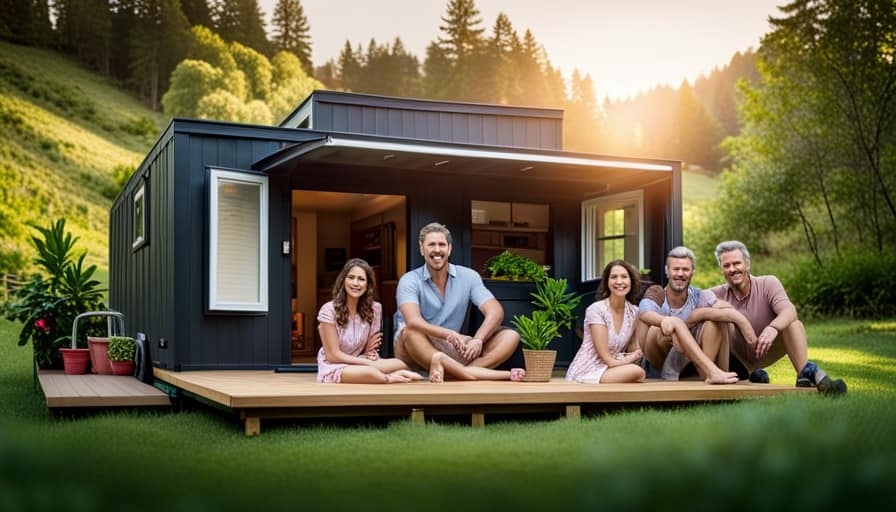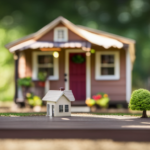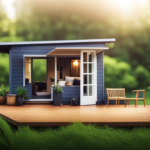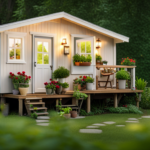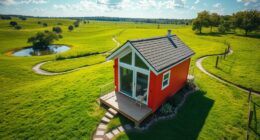I have dedicated all my love and effort into my small house, but the time has come to say goodbye. While selling it may feel overwhelming, do not worry—I have everything under control.
In this article, I’ll guide you through the process of preparing your tiny house for sale, determining the right price, implementing effective marketing strategies, showcasing your home to potential buyers, and sealing the deal.
Let’s dive in and find the perfect new owner for your beloved tiny haven.
Key Takeaways
- Prepare your tiny house for sale by decluttering, organizing, and repainting in neutral colors.
- Determine the right price by evaluating the size, location, amenities, and condition of the tiny house, and researching current market trends and prices.
- Market and advertise your tiny house by utilizing social media, offering virtual tours, highlighting energy efficiency and space-saving solutions, and using high-quality visuals.
- Show your tiny house to interested parties by scheduling private viewings, providing detailed information, being attentive and responsive, and helping potential buyers envision themselves living in the space.
Preparing Your Tiny House for Sale
I’m getting ready to spruce up my tiny house for sale. Renovating your tiny house before selling is a crucial step in attracting potential buyers.
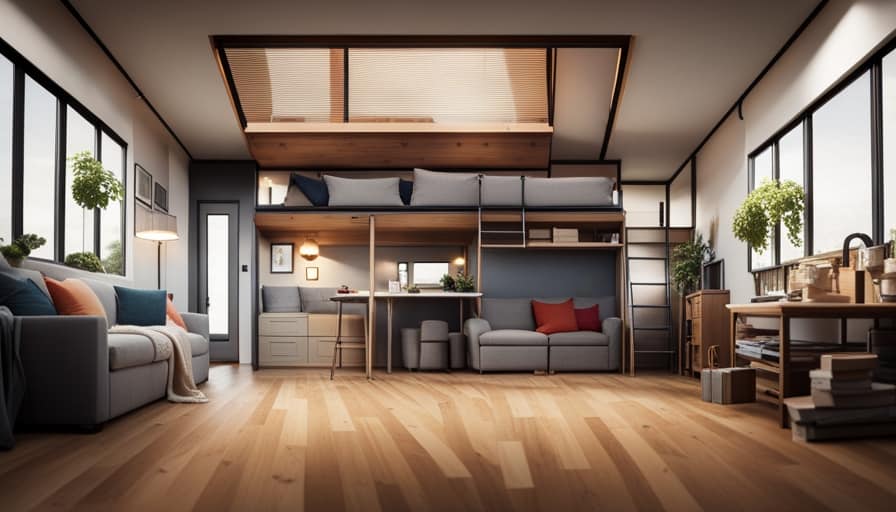
Start by decluttering and organizing the space, creating a clean and inviting atmosphere.
Repaint the walls in neutral colors to appeal to a wider audience.
Replace any worn-out fixtures or appliances to give the house a fresh and modern look.
Don’t forget to focus on the exterior as well, by cleaning up the yard, adding some plants, and fixing any visible damages.
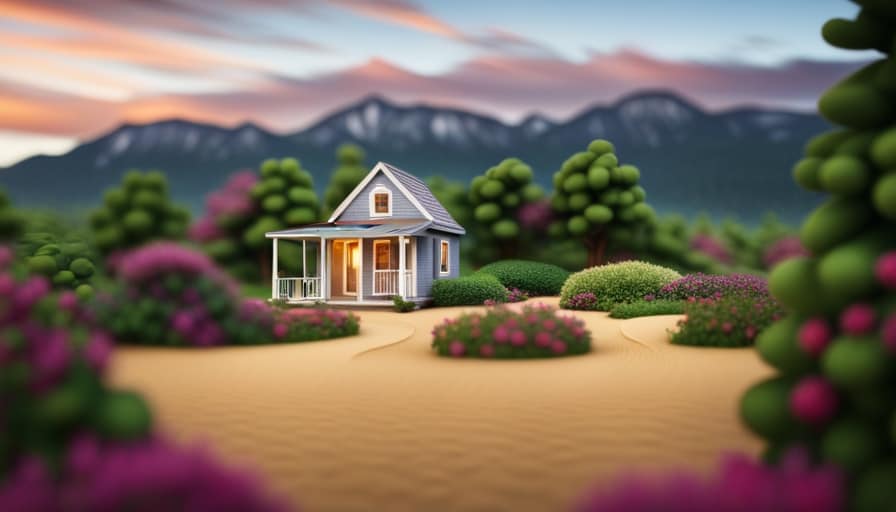
Once your tiny house is renovated, it’s time to advertise it online.
Take high-quality photos that showcase the unique features of your tiny house and write a compelling description highlighting its benefits.
Utilize social media platforms and online classifieds to reach a larger audience, increasing the chances of a successful sale.
Determining the Right Price for Your Tiny House
Determining the right price for my tiny house can be a challenging task, but it’s crucial to ensure a successful sale. To start, I need to conduct a thorough evaluation of my tiny house to determine its value. Factors such as size, location, amenities, and condition will all play a role in the valuation process. Additionally, I should research the current market trends and prices for similar tiny houses in my area. This will help me understand the demand and competition, allowing me to set a competitive yet profitable price. It’s also important to consider pricing strategies, such as pricing slightly below market value to attract more potential buyers. By carefully assessing these factors, I can determine the optimal price for my tiny house and increase my chances of a successful sale.
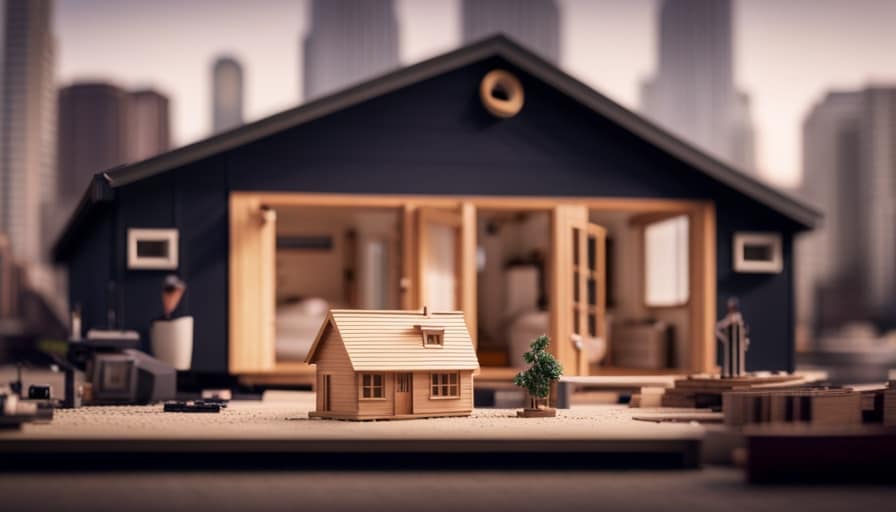
Now that I’ve determined the right price for my tiny house, it’s time to focus on attracting potential buyers through effective marketing strategies.
Marketing Strategies to Attract Potential Buyers
To attract potential buyers, I’ll implement various marketing strategies to showcase the unique features and benefits of my tiny house. Here are some strategies I’ll use to engage the audience:
-
Social media advertising: I’ll create captivating posts on platforms like Instagram and Facebook to showcase stunning images of my tiny house. I’ll also include a compelling description highlighting its unique selling points, such as energy efficiency and clever space-saving solutions.
-
Staging techniques: I’ll stage my tiny house to create a welcoming and cozy atmosphere. By arranging furniture and decor strategically, I can help potential buyers envision themselves living in the space. I’ll focus on maximizing natural light, decluttering, and using neutral colors to create a sense of spaciousness.
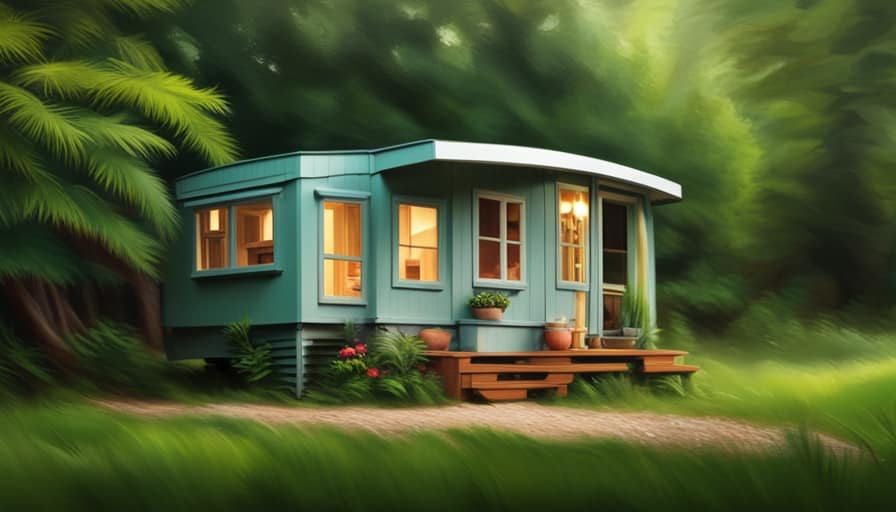
-
Virtual tours: In addition to traditional open houses, I’ll offer virtual tours through video calls or pre-recorded videos. This will allow potential buyers to explore the tiny house from the comfort of their own homes, making it more convenient for them to visualize the space and ask questions.
Showing Your Tiny House to Interested Parties
One of the first steps in selling my tiny house is to schedule private viewings for interested parties.
While marketing strategies like virtual tours and open houses can generate initial interest, it’s during these private viewings that potential buyers can truly envision themselves living in the space.
To ensure a successful showing, I’ll prepare the tiny house by cleaning and decluttering, making sure it’s staged to highlight its unique features.
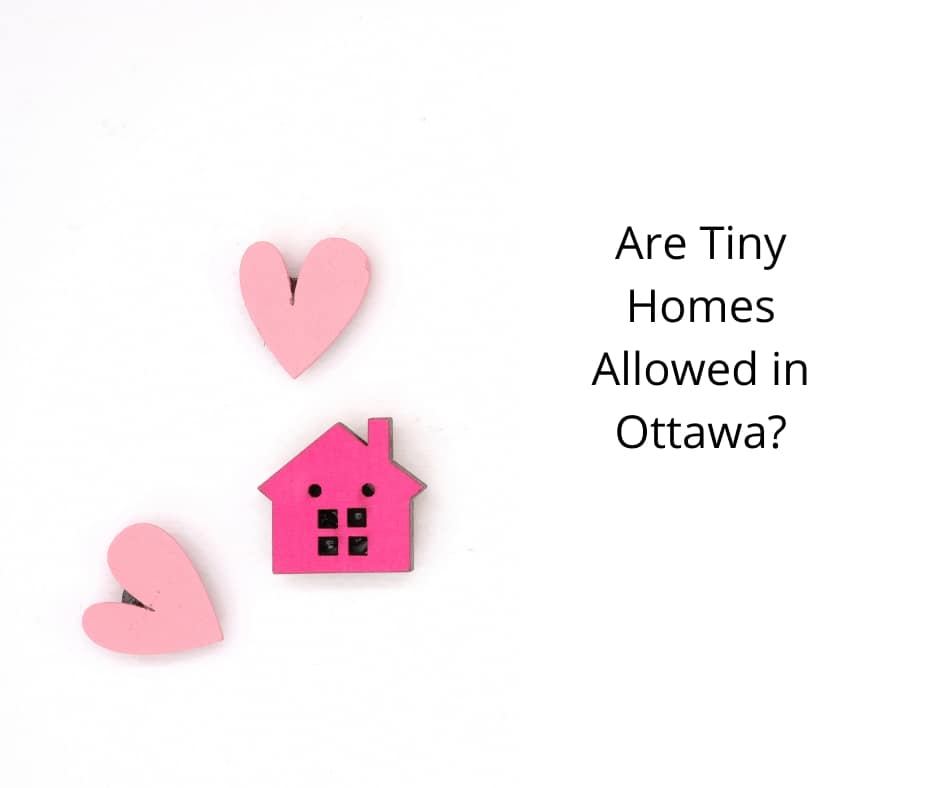
I’ll also provide detailed information about the house, such as its square footage, layout, and any recent renovations.
During the viewing, I’ll be attentive and responsive to any questions or concerns the potential buyer may have.
Negotiating and Closing the Sale of Your Tiny House
When negotiating and closing the sale of my tiny house, I’ll actively engage with potential buyers to reach an agreement on the final price and terms. Here are some strategies I’ll use to ensure a successful negotiation and closing:
-
Research and Set a Realistic Price: I’ll gather information about similar properties in the area to determine a fair asking price for my tiny house. This will help me negotiate from a position of knowledge and confidence.

-
Highlight Unique Features: I’ll emphasize the unique aspects of my tiny house that set it apart from others on the market. By showcasing its special qualities, I can justify the asking price and make potential buyers more willing to negotiate.
-
Consider Legal Considerations: Before entering into any negotiations, I’ll make sure to review any legal considerations related to selling my tiny house. This may include local zoning regulations, building codes, or any specific requirements for transferring ownership. By being aware of these legalities, I can ensure a smooth and legally compliant closing process.
Frequently Asked Questions
What Are the Legal Requirements for Selling a Tiny House?
Legal requirements for selling a tiny house include obtaining permits, documenting the sale, complying with zoning regulations, and ensuring proper insurance coverage. It’s important to follow these guidelines to ensure a smooth and legal transaction.
How Do I Handle the Transfer of Ownership and Title When Selling My Tiny House?
When selling my tiny house, I handle the transfer of ownership and title by following a specific transfer process. It’s crucial to ensure a smooth transaction and protect both parties involved.
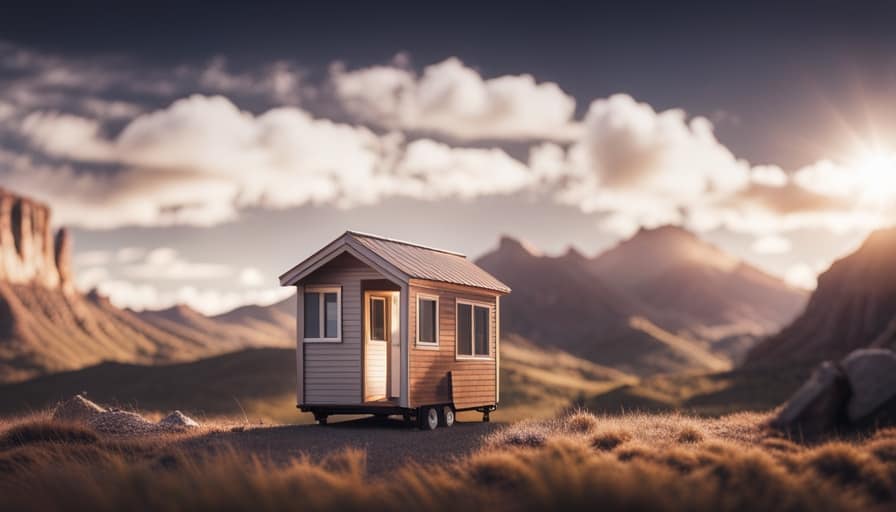
Are There Any Specific Financing Options Available for Potential Buyers of Tiny Houses?
There are various financing options available for potential buyers of tiny houses, including loan options. These options can provide financial assistance and make it easier for them to purchase a tiny house.
What Should I Consider When Deciding Whether to Sell My Tiny House Fully Furnished or Empty?
When deciding whether to sell my tiny house fully furnished or empty, I consider the benefits and disadvantages. It’s like weighing the pros and cons of a full picnic basket versus an empty one.
How Can I Ensure a Smooth Transition for the Buyer When They Move the Tiny House to a New Location?
To ensure a smooth transition for the buyer when moving the tiny house to a new location, I would carefully plan and coordinate all moving logistics, anticipate potential challenges, and provide clear instructions and support throughout the process.
Conclusion
Selling your tiny house may seem daunting, but with proper preparation, pricing, marketing, and negotiation skills, you can successfully close the sale.
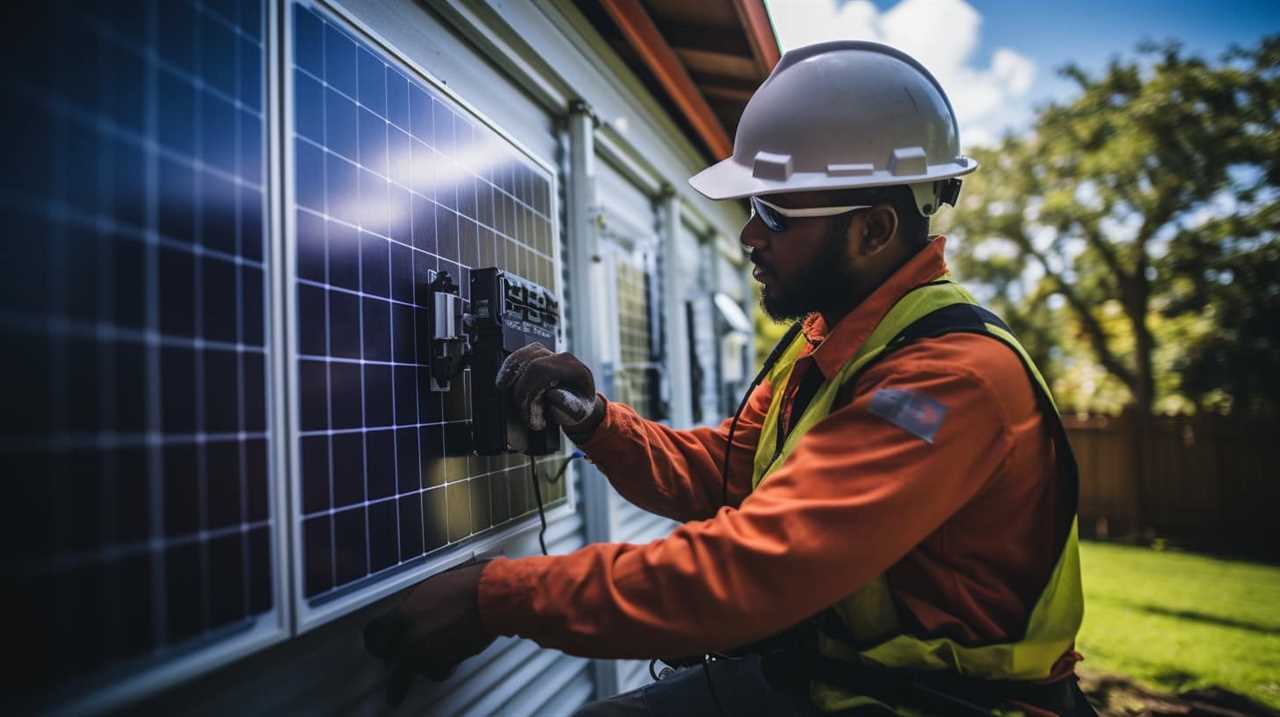
By showcasing the unique features and benefits of your tiny house, you can attract potential buyers and highlight its value. Remember to emphasize the advantages of tiny living and create a visually appealing presentation.
With the right approach, you can sell your tiny house and embark on a new adventure or invest in your next dream home.
I’m Theodore, and I love tiny houses. In fact, I’m the author of Tiny House 43, a book about tiny houses that are also tree houses. I think they’re magical places where imaginations can run wild and adventures are just waiting to happen.
While tree houses are often associated with childhood, they can be the perfect adult retreat. They offer a cozy space to relax and unwind, surrounded by nature. And since they’re typically built on stilts or raised platforms, they offer stunning views that traditional homes simply can’t match.
If you’re looking for a unique and romantic getaway, a tree house tiny house might just be the perfect option.
